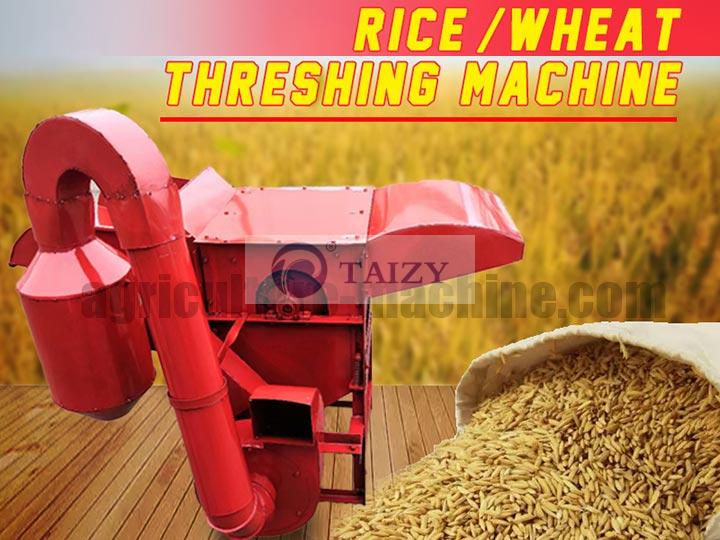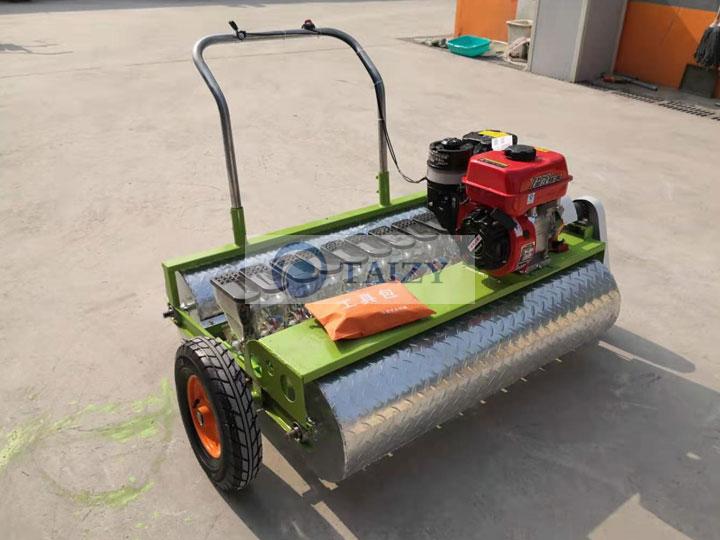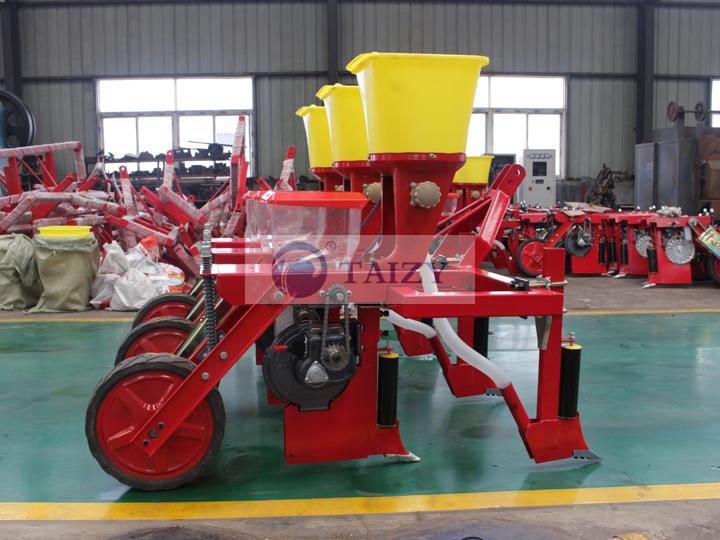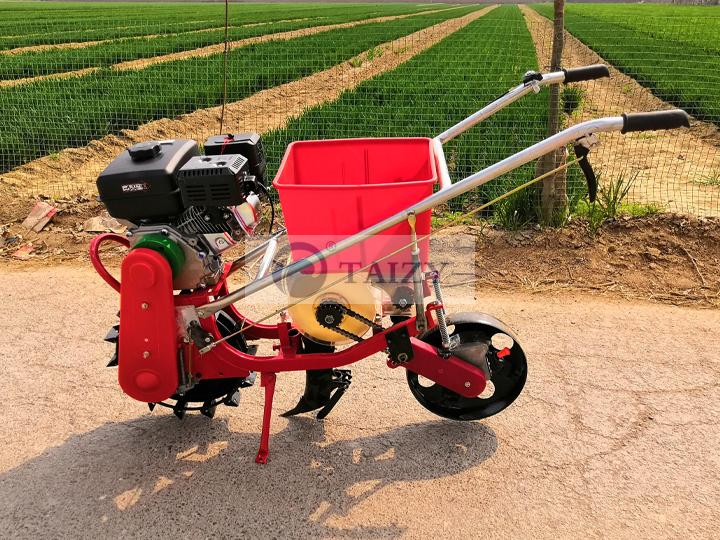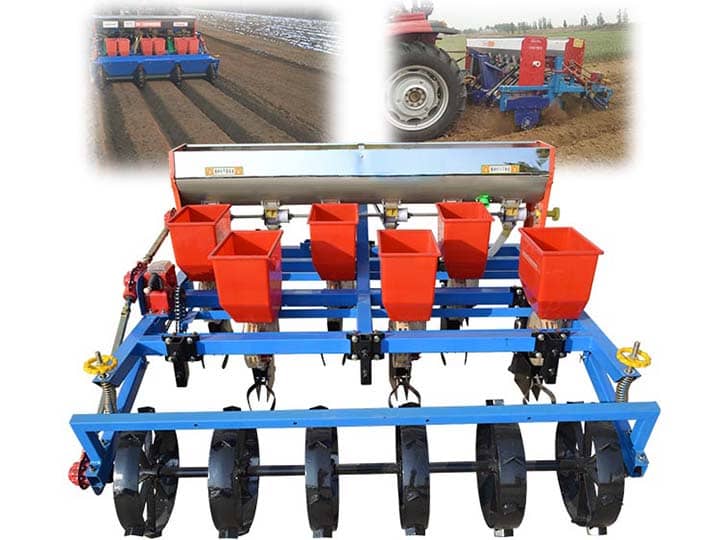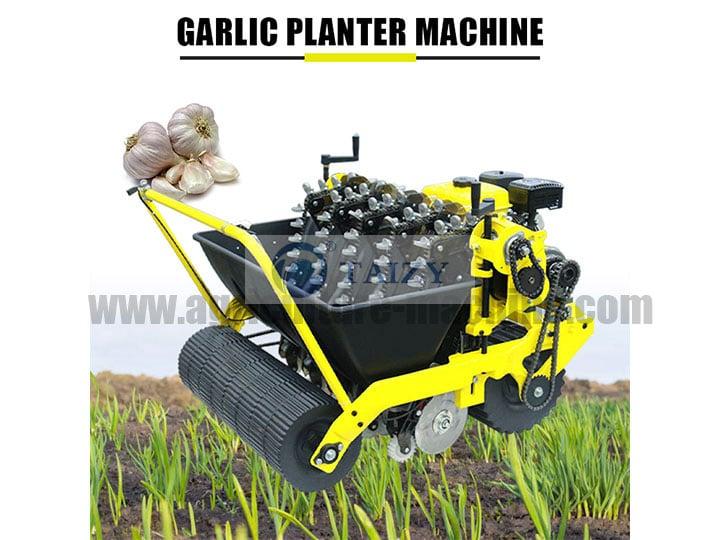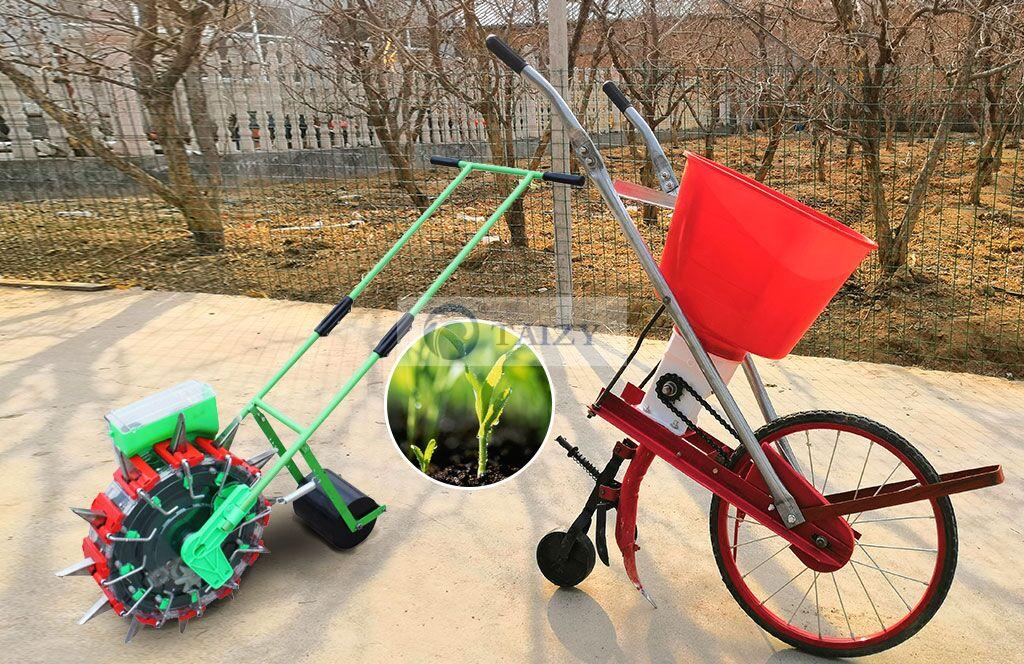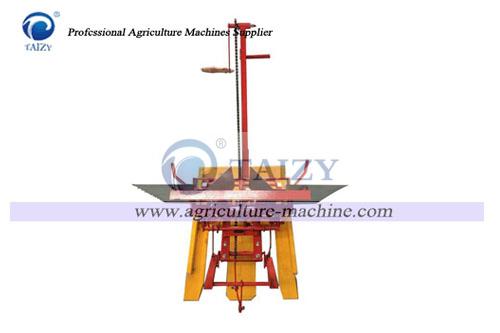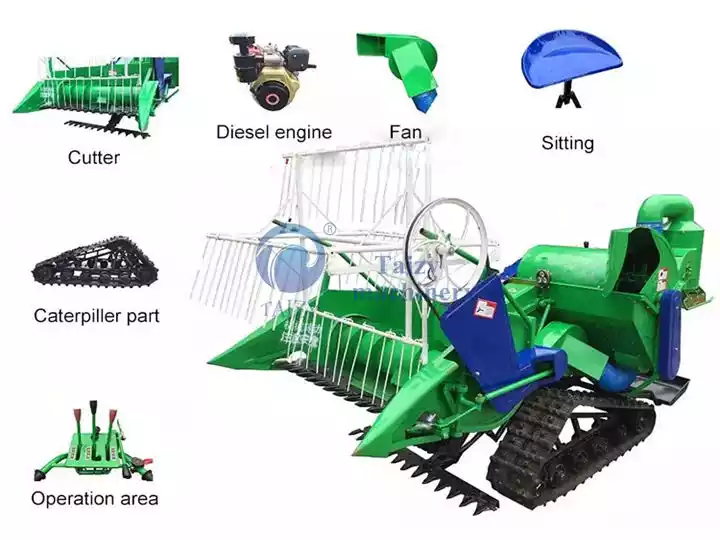Wheat planter | Wheat seeder | Wheat grain drill for sale
At present, the application of agricultural machinery is relatively common, and the efficient application of wheat planter in the process of wheat planting can reduce the labor intensity of farmers, at the same time it can shorten the labor time so that the work efficiency of farmers has been significantly improved.
Introduction of wheat planter
The wheat seeder is a kind of mechanical equipment that plants wheat seeds in the ground through a planting mechanical system. At present, tractors drive the wheat planters for planting, and the grain drill can match with fertilizing machines.
The machine is suitable for fertilizing and planting wheat in plain and hilly areas. It has the characteristics of good general performance, a wide application range, and uniform seeding. Compared with traditional farming methods, the wheat planter can reduce the amount of seed input and ensure the uniformity of seeding. At the same time, the soil covering effect is relatively high. It can not only reduce the farmer’s planting input cost but also ensure the quality of wheat planting.

wheat planter 
working scene
Features of the our wheat planter
1. The machine is large in size and it should have conjunction with large and medium-sized tractors. It is in a three-point suspension state, consistent with the joint width of wheat, and is easy to work together.
2. This wheat grain drill can use for sowing alone, or it can be added with a fertilizing box so that the sowing and fertilization can be carried out at the same time.
3. This machine can not only sow wheat seeds, but also other seeds, such as upland rice, millet, and spinach, etc.
4. The machine is equipped with a suppression wheel, which can be directly covered with soil after sowing to complete the seeding.
5. The wheat planter implements linear seeding, sowing 20 rows at a time, so the seeding efficiency is extremely high.

2BXF-20 
details of 2BXF-20
The working principle of the wheat planter
The wheat planter is towed by the tractor, and the power of the tractor is transmitted to the rotary tillage device through the power transmission device to turn the soil and support the ridge. Driven by power, the traction device drives the wheat planter to walk, thereby driving the seed fertilizer opener to open the ditch.
At the same time, the tractor pulls the suppressor wheel to move forward and drives the chain to rotate, thereby driving the rotation of the fertilizing shaft and the seeding shaft, so that the seeds and fertilizer flow out of the fertilizer box, and enter the fertilization opener and seeding opener along the pipe. Finally, it flows into the ditch and is suppressed by the suppression wheel covering the soil to complete the sowing of the wheat.
The main feature of the wheat is that only the soil which needs to be planted is turned, which reduces the disturbance to the land, and completes all the seeding procedures at one time, which can save time and reduce costs.
Operation notes
1. Before operation, clear obstacles in the field.
2. When performing inspection, repair, adjustment, maintenance, etc, turn off the tractor firstly.
3. When the unit is turning, reversing, and transferring, the machine must be lifted.
4. During the operation, do not retreat and reduce unnecessary parking to avoid the accumulation of seeds or fertilizers or breakage of ridges.
5. When there is strong wind, rain, and the relative soil moisture content exceeds 70%, the operation is prohibited.

